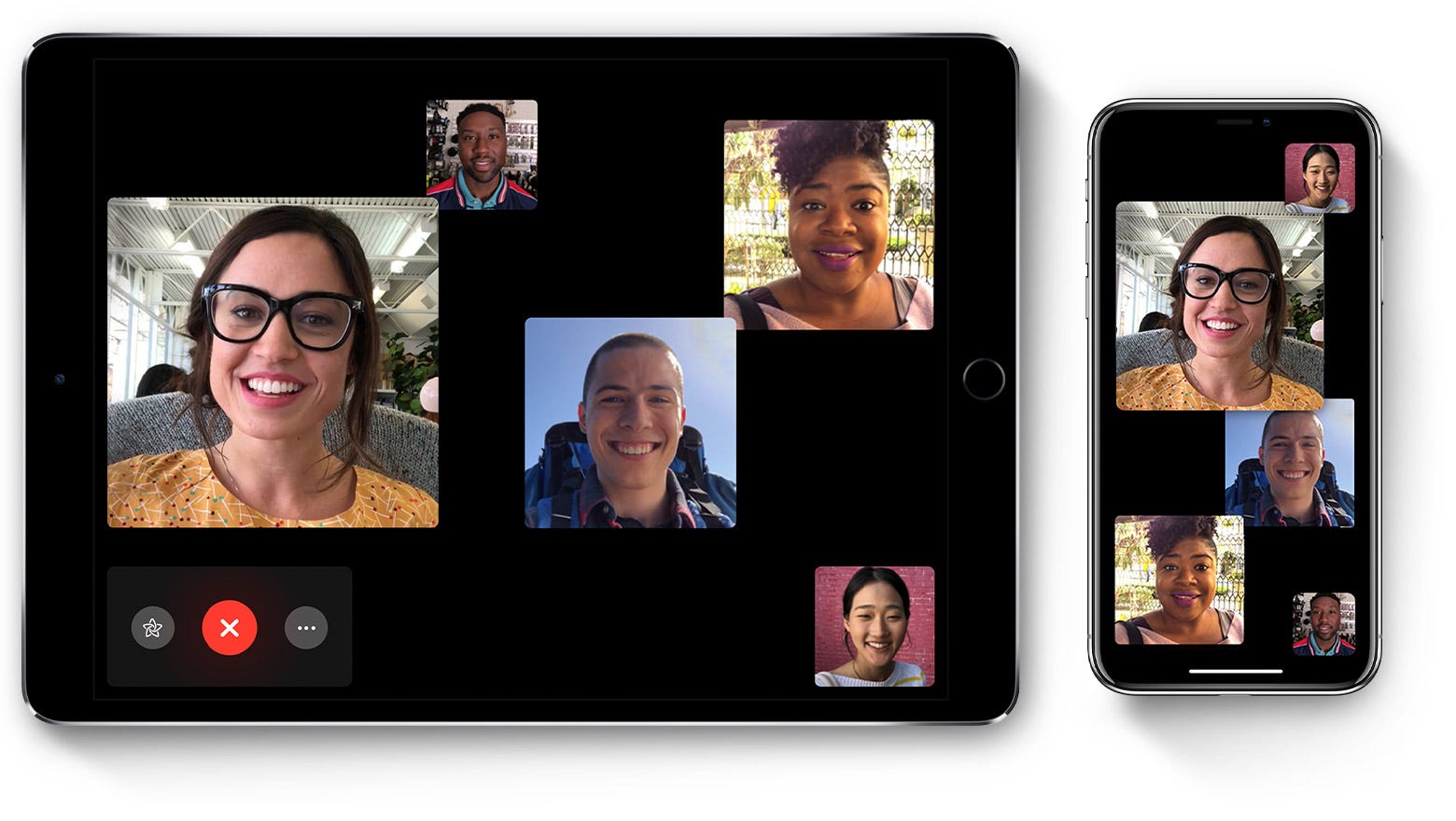If there’s any silver lining to the current situation, it is that treatment centers are rushing to make treatment newly accessible for those who were previously or are now unable to physically receive treatment in person.
Thanks to the FCC’s recent $200 million telehealth program, treatment centers can be reimbursed for efforts to transition into offering virtual treatment options. Virtual IOPs can be very effective, and they provide your clients with flexibility and convenience, which is necessary for moments like these.
Now is the time for your treatment center to go virtual, and we can help.
Why Virtual IOPs?
With the spread of COVID-19 and social distancing measures, receiving care in a traditional, in-person setting has become difficult and inadvisable. However, this has actually been a growing problem for years. Work, school, or home life conflicts have kept many clients from receiving in-person care at a facility. Sometimes clients have transportation issues, do not live in a place where they are offered your level of high quality care, or they are uncomfortable in an in-person setting.
For treatment centers that offer residential programs already, they may want to consider how the addition of an online IOP program increases their ability to meet the needs of their clients who have traveled to their location for treatment. Additionally, clients who are unable to afford sober living options and who must return home, would benefit from having continuity of care, and continuing their transition through the phases of your program, rather than requiring a referral to a local facility. Transitioning to an online IOP program from residential would allow clients to maintain connection with their primary therapist and build upon the foundation already established during their time in your residential program.
Building in this flexibility allows your program to have a wider reach and appeal to those who may have thought that your expert services were beyond their reach.
This is why Virtual Intensive Outpatient Programs (IOPs) are a necessary resource for any rehab or treatment center looking to support their clients, both during and after COVID-19. They allow clients to receive the same quality treatment from the comfort of their homes with less interference to their daily lives.
Virtual Intensive Outpatient Program
COVID-19 has forced many clients to participate in IOPs from home. However, many clients are realizing that they are receiving the same high-quality care via Virtual IOPs with the added benefits of flexibility and convenience. All your clients need is a computer and an internet connection in order to receive the same great care. Alleva EMR also offers a client app that allows them to join a session right from their phone.
In fact, many clients have also noticed that telehealth is more personal than they could have imagined. Because there are fewer group sessions, the therapy focuses on the needs of the individual patient and while it’s difficult to rival the sense of intimacy when you’re one-on-one in a room with your therapist, virtual sessions that take place in a calm and relaxed atmosphere do come close. Rather than seeing your therapist only in the treatment environment, using virtual IOP technology, you have now brought them into your home as well, making the transition through your phase program that much more successful.
With Virtual IOPs, you can give your clients the flexibility to stay at home and receive their treatment at home as well. And along with concerns about discretion that follow traditional IOPs, Virtual IOPs provide a better sense of security. Clients who are afraid of physically going to a treatment center for professional reasons can get rid of that stress by going virtual. In terms of security, the software used for Virtual IOPs is encrypted and ensures therapy sessions are confidential and comply with HIPAA regulations.
“IOPs are an important part of the continuum of care for alcohol and drug use disorders. They are as effective as inpatient treatment for most individuals seeking care.”
- Dennis McCarty, Department of Public Health & Preventive Medicine Oregon Health and Science University
Furthermore, introducing technology into a therapeutic treatment can increase accountability and analytics. In terms of accountability, Virtual IOPs still have the opportunity to include drug and alcohol tests on a regular basis, but they also keep track of a patient’s attendance in virtual meetings and their progress in the educational portion of the IOP. If your IOPs include wearable tech, the data collected from those devices can be streamlined into the patient’s profile, adding information swiftly to provide your medical professionals with more resources. However you prefer to collect and use data, Virtual IOPs tend to make that process more efficient and easier on the patient because they can do every part of the treatment from home.
Virtual IOPs can also provide the education offered through regular treatment methods, but once again, this education happens at home, where the patient is most comfortable. They can choose when and where they work, and follow a pace that feels pleasant. Clients with other responsibilities, like traveling for work or caring for a loved one, can take advantage of the virtual educational model and schedule their lessons when it is most convenient for them.
With Virtual IOPs, you are given the opportunity to offer your clients the flexibility and convenience they might need to complete their treatment. Virtual IOPs give clients who may not be well-suited for in-person treatment the support they need to achieve long-lasting recovery and emotional wellness.
Quick Facts
● Research indicates Virtual IOPs effectively treat several afflictions like depression, addiction, or eating disorders
● Virtual IOPs significantly increase quality of life
● 97% of Virtual IOP clients feel treatment has increased their chances of improving their health
● 100% of Virtual IOP clients have felt connected to facilitators and group members
How To Transition
If you are already offering an Intensive Outpatient Program, the transition to a virtual system can be very effective for both your staff and your clients.
Before diving into setting up a Virtual IOP, we like to advise taking a look at your current business and organizational structure. The idea is not to create an entirely separate program, but rather simply transition the programs you already offer to a virtual format. In other words, what are some ways in which your current treatment program can be easily lifted to the web? Most likely your staff can be trained for virtual operation, but sometimes you may need to hire someone with online experience to spearhead the project.
During this process, we also advise setting up your Virtual IOP budget. Thanks to the FCC’s $200 million financial package helping medical treatment centers go virtual, your treatment center can receive up to $1 million in aid toward your Virtual IOP. There are some fine details to the relief package and parts of the transition will not be covered, but the following are among the covered expenses:
● Telecommunication Services: Voice communication services for providers or clients
● Information Services: Internet connectivity services for providers or clients, remote patient monitoring technology, patient outcomes reporting technology, video conferencing services
● Necessary Devices/Equipment: Tablets, smart phones, remote patient monitoring equipment for patient or provider use
With our help, you can set up a budget to submit to the FCC and get reimbursed for your transition to virtual, a decision you will be thankful for even after COVID-19.
To transition into Virtual IOPs, some aspects of your treatment will have to change, but these changes may be small and easy to implement. In order to best serve your clients, consider elements of your treatment programs and how they can be modified to fit a virtual medium. Here are some questions to start thinking about while creating your Virtual IOP:
● Who: How many people per session? Will you need to have individual, group, and
family sessions? Group meetings are definitely possible and perhaps even easier since non-essential workers are staying home.
● How long: How many therapy sessions per week? How many hours of education related to their therapy? Other programs often suggest 10 or more hours a week of therapy, and most treatment lasts between 6-12 weeks.
● Treatment: Which services will you be offering online? Which of your treatments are suited for virtual delivery? You will probably be able to transition all of your treatments into online IOPs, but it’s always good to keep this in mind.
● Sponsorship: Will your clients have a sponsor who performs sobriety checks if needed, attends weekly support meetings, and verifies that your patient is following the regimen established by your center? If so, who will this person be? Some Virtual IOPs like to involve a family member or close friend, but others choose to have a staff member fulfill these tasks.
● Analytics: What kind of data would you like to collect, and how will you use it to improve treatment? Virtual IOPs can help you collect more data, information you can eventually use to create programs that serve your clients’ individualized needs.
Of course, we can help you with all of these queries.
Alleva Can Help With the Transition to Virtual
As you can see, providing your clients with Virtual IOPs is a necessary option, especially during the social distancing measures.
At Alleva, we focus on helping medical and treatment centers conquer the online sphere and successfully make their treatment virtual. Whatever you treat, and however you do it, we can do it online.
In the month of April, Alleva's clients logged over 1.6m minutes of Telehealth time. Rest assured, Alleva is ready to help you transition your current facility or start an online IOP.
We can help you set up the necessary technology and accounts, train your staff, and plan for any compatibility issues that may arise from moving your treatment online. And if you’re not using EMR, we can set that up and link it with your treatment for secure and simple patient information.
Request a demo today and give your clients the care they need in the comfort of their own homes.





 (877) 425-5382
(877) 425-5382